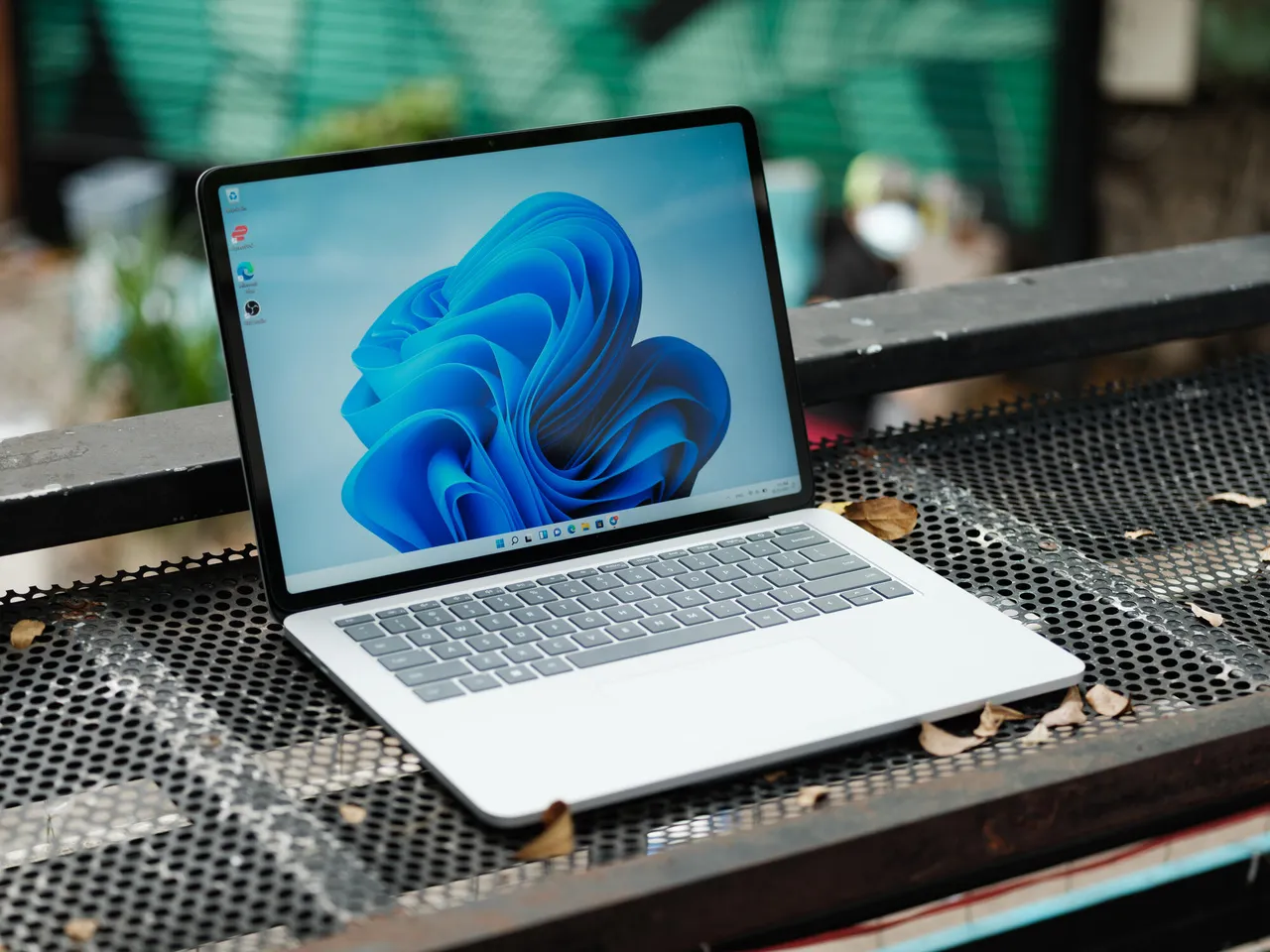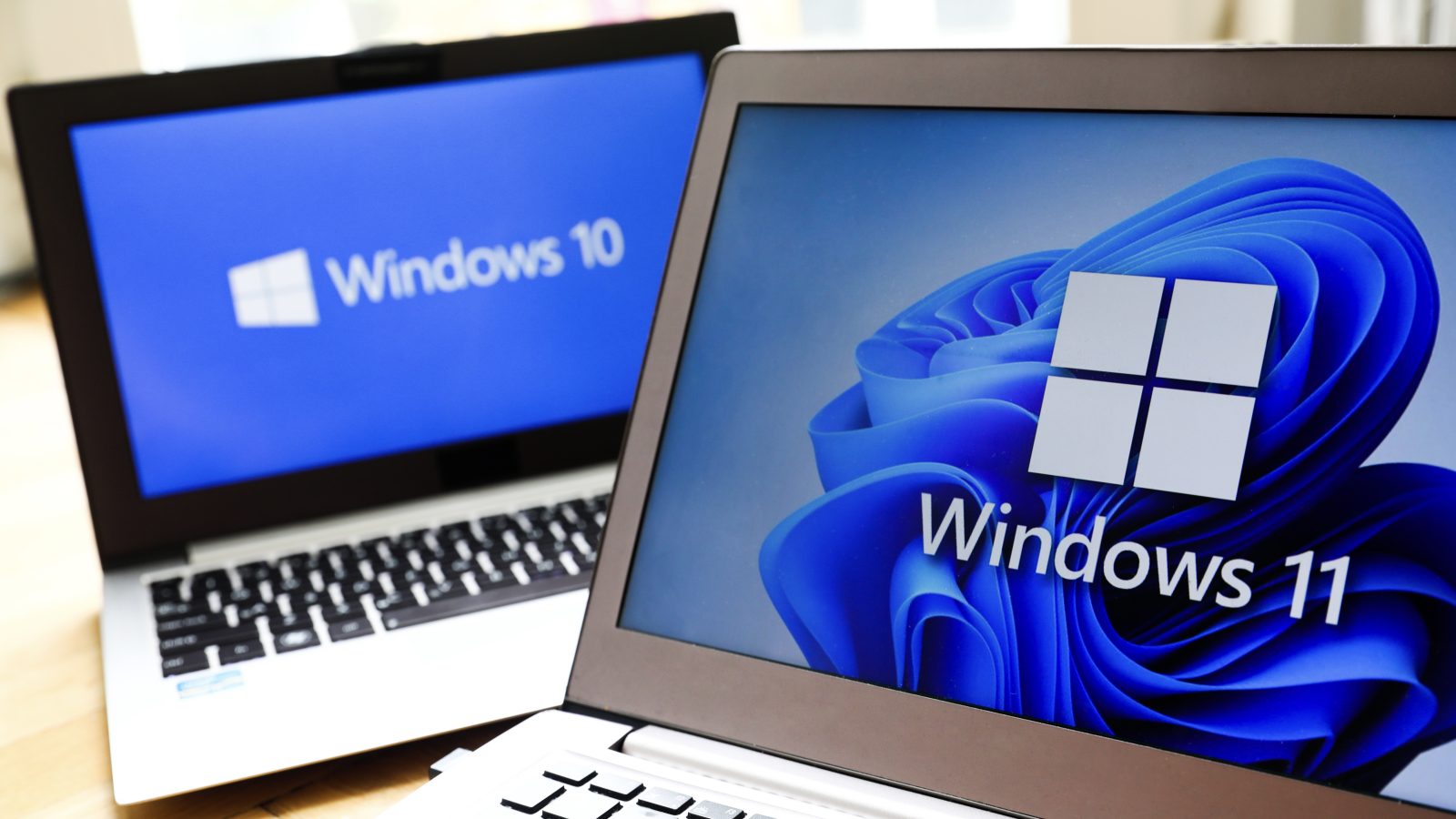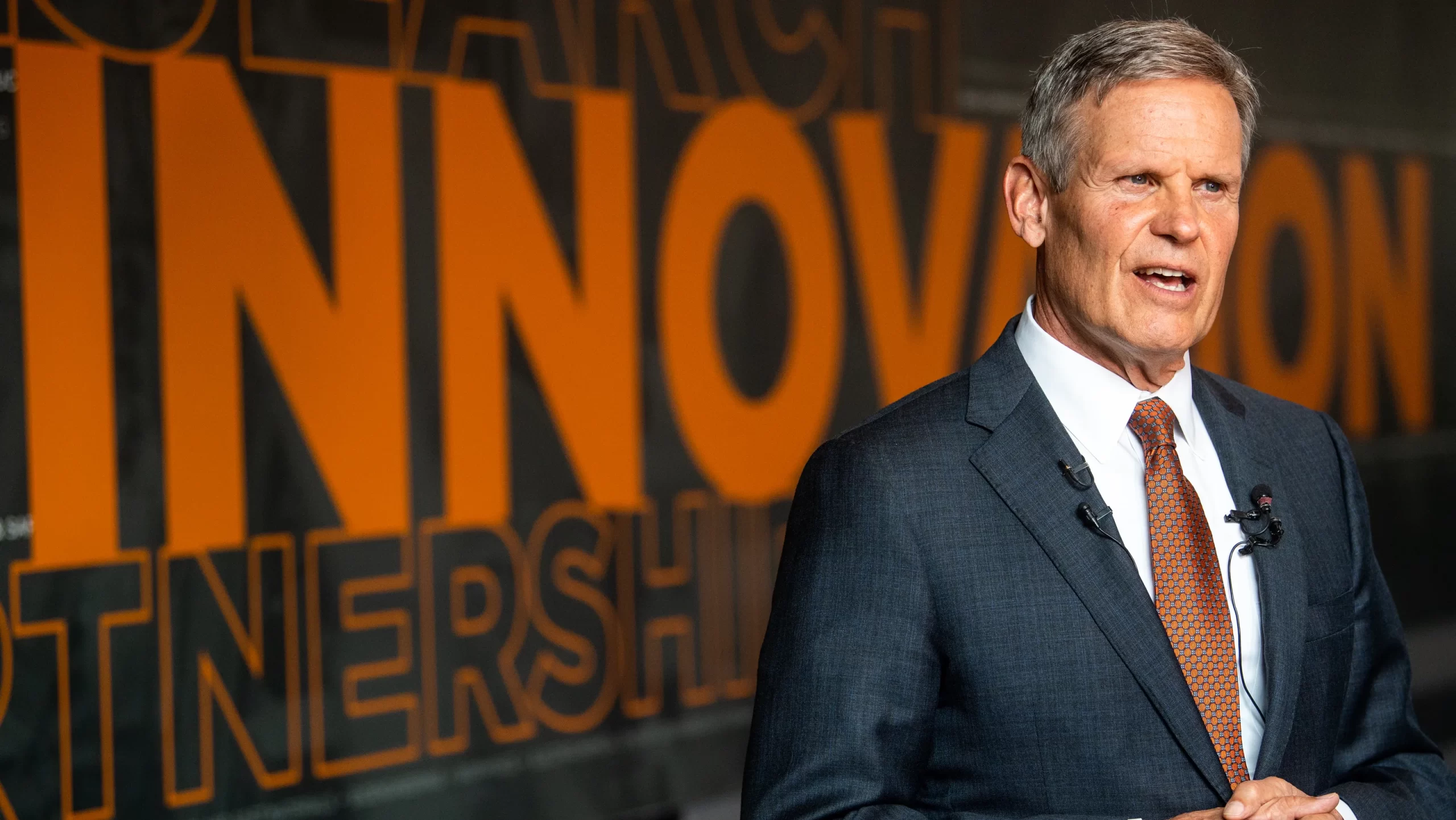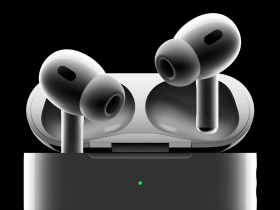The deadline for the “Windows 10 update cliff” is approaching in October 2025, marking the end of Microsoft’s support for Windows 10. This situation necessitates a transition to Windows 11, especially for users wanting to continue receiving security updates.
The urgency of this shift is highlighted by updated guides detailing the latest changes from the Windows 11 24H2 release. As many users face this transition, understanding the experience of running Windows 11 on unsupported systems is crucial for those still using an outdated operating system.
For the past three years, I have tested Windows 11 on various older hardware to assess its feasibility and performance. My experiences primarily revolve around a Dell Optiplex 3010 desktop and a Lenovo ThinkPad X230, both built-in 2012. This firsthand exploration raises an important question: Is it practical for non-technical users to operate Windows 11 on older, unsupported hardware?
The Dell Optiplex and Lenovo ThinkPad have undergone significant upgrades. The Optiplex features 16GB of RAM and an SSD, while the ThinkPad is equipped with 8GB of RAM. These enhancements allow the machines to handle modern workloads effectively, illustrating that refurbishing older PCs can provide a cost-effective way to maintain functionality. Many users can keep their devices operational without a hefty investment, making it a viable option for those looking to extend the lifespan of their computers.
While these systems do not meet Windows 11’s official requirements, the installation process is generally user-friendly. Once installed, Windows 11 operates seamlessly, with routine updates rolling out like they would on supported devices. Contrary to Microsoft’s early warnings about instability and issues on unsupported machines, users have reported stability and satisfactory performance across various hardware configurations, alleviating initial concerns.

Despite the overall stability, a significant drawback arises: unsupported installations do not automatically receive major feature updates, such as 23H2 or 24H2. This limitation can complicate the upgrade process, requiring users to manually repeat installation steps for each new version. While there are workarounds, including registry modifications and specific installation methods, these can be daunting for non-technical users, adding to the complexity of maintaining their systems.
On the positive side, older PCs can still perform adequately for daily tasks. Advances in CPU technology have slowed in recent years, meaning that machines a decade old can handle light to medium workloads effectively. My experience with the Optiplex demonstrated its capability to manage dual 4K displays and perform tasks such as audio editing and image processing, showcasing that older hardware can still meet contemporary needs.
However, using older laptops like the ThinkPad X230 presents unique challenges. Although functional, they lack many modern features, such as improved battery life, high-resolution displays, and enhanced touchpad technology. Key developments since 2013, like increased processor efficiency and design innovations, highlight the advantages of opting for newer laptops if performance and portability are important factors.
Security remains a crucial issue when running older machines on unsupported operating systems. Windows 11’s requirement for advanced security features like TPM 2.0 underscores the growing need for enhanced protection against cyber threats. Many older PCs will stop receiving necessary BIOS updates and security patches, leaving users vulnerable over time. While software updates can mitigate some risks, the inability to patch hardware vulnerabilities creates legitimate concerns for those using outdated systems.
Installing Windows 11 on older machines is a practical yet imperfect solution for users looking to extend the life of their devices. While the installation process for major updates can be frustrating, many users will find that their older hardware still performs well enough for everyday tasks. Microsoft’s stringent system requirements may seem excessive, but the reality of many users relying on older PCs suggests that more flexible compatibility guidelines could benefit a broader range of users.
Ultimately, even as older machines age out of relevance, the experience of using Windows 11 on unsupported hardware can be surprisingly positive. Users looking to maintain their computing capabilities in the face of impending updates should consider trying Windows 11 on older systems. With a little effort in refurbishment and upgrades, many will find that they can still enjoy a functional and effective computing experience.







Leave a Reply